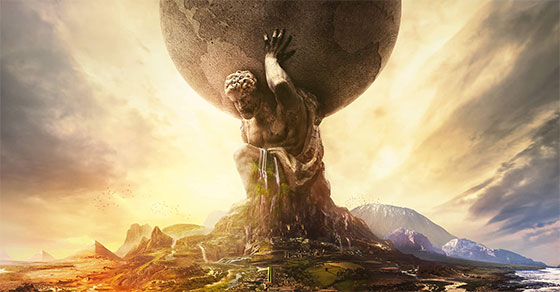Civilization 6
November 1, 2016
Sid Meier’s Civilization is a game franchise that has stood the test of time and is continuing its grand legacy with its newest installment: Civilization 6.
For those who have not had the chance to play a Civ game, Civilization is a top-down, turn-based strategy game that focuses on the progress of the human civilization from 4000 B.C. to after the present day. To play, players pick a country to play as, such as America, England, Germany, etc. The player then decides which victory to pursue during the game by developing his country in a personalized way which is done through special buildings, wonders and cities.
Arguably, the largest change to Civilization’s tried and tested formula is the “unfolding” of cities. In previous games, cities–the center of all a civ’s unit and building creation–were all located on one tile. Now, cities require several tiles. This is done through “districts” which are built by the city onto a different tile and have special buildings that can be built on them. For example, a military district can be equipped with a Barracks which gives military units more experience from combat. This is an interesting change because now buildings receive bonuses by being next to certain terrain features such as rivers and mountains. All of these factors make city building more challenging with lots of thought beforehand.
Civ 6 also changes how many of the victory types work. The largest change would be to the Diplomatic victory, which has now been replaced with the Religious victory. Players can now win the game if they spread their civilization’s religion to more than 50% of each other civilizations’ cities.
Another change is to the Cultural victory. Civilizations now have internal and external tourism. Players can now win the Cultural victory if their civ pulls more people from other civs with their external tourism than those civs can keep with their internal tourism. Science is also slightly different, requiring a larger space program involving sending a rocket to Mars instead of simply to the Moon.
Furthermore, even the technology tree is safe from Civ 6’s changes. Aside from the changes to the technologies themselves, Civ 6 has introduced a brand new technology tree based on culture instead of science. This new tree is called the “Civics Tree” and the “technologies” give bonuses to a civ when researched such as a 50% production boost to workers.
Along with these massive changes, smaller differences follow such as a day and night cycle, government returns from older Civ games, and roads are built automatically by merchants .
For all of those interested in playing Civilization 6, the game releases on October 21 for $59.99 on Steam.
Can you build a civilization that stands the test of time?






























